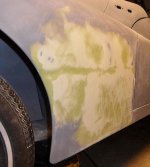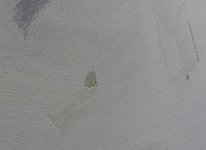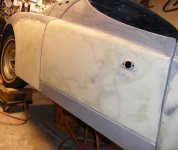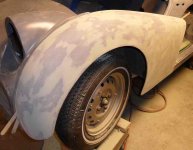TexasKnucklehead
Jedi Knight
Offline
This may sound like a really dumb question, and it probably is, but...
Assume I put some filler on, sanded it and realized I needed to apply a little more. Aside from blowing it with air, what else should I do to prepare for adding another layer of filler? Wipe it with something? I didn't wipe it down before the second application, and have a few spots where the new layer didn't stick to the old layer. Could it be because I started sanding before it was completely dry?
I guess the good news is I finally broke through the "can't get started" block.


Assume I put some filler on, sanded it and realized I needed to apply a little more. Aside from blowing it with air, what else should I do to prepare for adding another layer of filler? Wipe it with something? I didn't wipe it down before the second application, and have a few spots where the new layer didn't stick to the old layer. Could it be because I started sanding before it was completely dry?
I guess the good news is I finally broke through the "can't get started" block.



 Hey there Guest!
Hey there Guest!
 smilie in place of the real @
smilie in place of the real @
 Pretty Please - add it to our Events forum(s) and add to the calendar! >>
Pretty Please - add it to our Events forum(s) and add to the calendar! >> 






 A friendly reminder - be careful what links you click on here. If a link is posted by someone you don't know, or the URL looks fishy, DON'T CLICK. Spammers sometimes post links that lead to sites that can infect your computer, so be mindful what you click.
A friendly reminder - be careful what links you click on here. If a link is posted by someone you don't know, or the URL looks fishy, DON'T CLICK. Spammers sometimes post links that lead to sites that can infect your computer, so be mindful what you click.